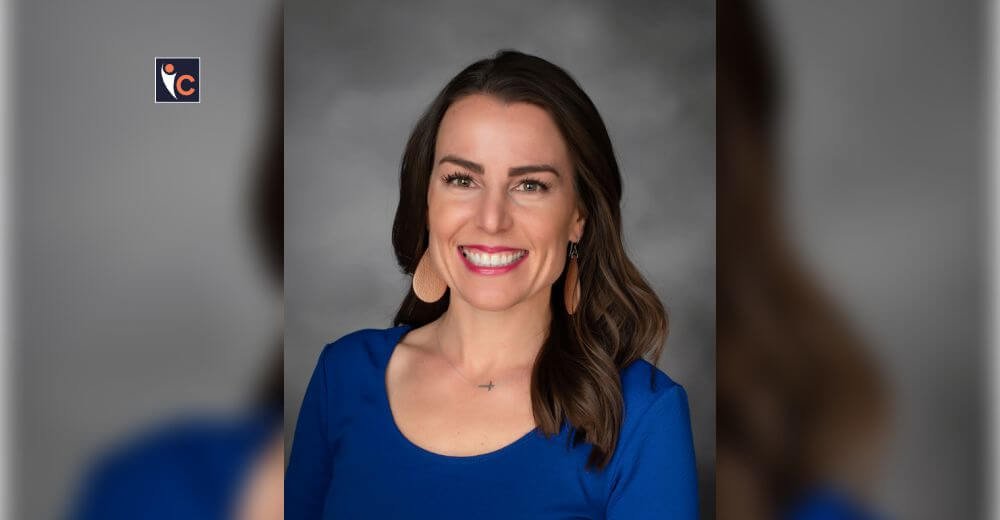- By Angela Spang
I like to Watch
Innovation comes in many forms. For me, the ideas never stop coming. My brain relentlessly seeks better ways to do things, smarter solutions and a simpler way in everything, from how I park my car to how my shower doors are attached to the wall. I am inquisitive and curious. I see solutions, as clearly as if they would be real, right infront of me. Working in medical devices for 25 years or so, my curiosity about surgery is never-ending. Watching a surgeon approach this monumental task, hooked in from that first cut to open skin, through the ups and downs of a surgical procedure, all the way to the close and instruments down. I am fascinated, and follow every single move, every decision, every slight hesitation or pause. The movements of a surgeon or nurse replicate in my muscles, and I have often come out of the operating theatre with tense, sore muscles like I have been holding those instruments myself. Perhaps that is why my subtle yet significant design changes are so very appreciated by surgeons. They FEEL the difference in how my design changes how they move.
Innovating Changes Faster than Ever
Over the last 50 years, the medical device industry has experienced tremendous growth and innovation. The introduction of new technologies, materials and design methodologies have led to the development of medical devices that are more effective, efficient and safer than ever before.
One of the most significant innovations in medical devices over the last 50 years is the miniaturization of devices. Advances in microelectronics and nanotechnology have allowed for the development of smaller, more portable devices that can be used in a variety of medical settings. For example, pacemakers, insulin pumps and implantable defibrillators have all become smaller and more sophisticated, allowing patients to lead more normal lives while still receiving life-saving treatment.
Another area of innovation has been in the development of new materials for medical devices. For example, the use of biocompatible materials such as titanium and silicone has allowed for the development of implants that are more durable and longer-lasting than ever before. These materials also reduce the risk of rejection or allergic reaction, improving patient outcomes.
Advances in medical imaging have also played a significant role in the development of new medical devices. The ability to visualize internal structures and organs in greater detail has allowed for the development of more precise and targeted devices, such as surgical robots and precision-guided radiation therapy systems.
In addition, the rise of digital health technology has led to the development of new medical devices that can be monitored and controlled remotely. For example, wearable devices such as fitness trackers and glucose monitors allow patients to monitor their health and receive real-time feedback on their condition.
The last 50 years have seen tremendous growth and innovation in the medical device industry, with advances in miniaturization, materials, imaging, digital health technology and regulatory oversight all contributing to the development of more effective and efficient medical devices. As technology continues to advance, we can expect to see even more innovative medical devices in the years to come.
Exciting Times; Robotics, AI and Biomedicine, Oh My!
Robotics, AI and biomedicine are three areas that have increasingly become intertwined in recent years. Advances in robotics and AI have transformed the way medical professionals diagnose, treat and prevent diseases. The use of robots in the medical field has revolutionized the way surgeries are performed, allowing for more precise and less invasive procedures. Additionally, robots are being used to help individuals with disabilities regain their independence by assisting with daily activities such as dressing, eating and bathing.
The integration of AI in the medical field has also led to significant advancements. AI-powered tools can help medical professionals quickly analyze large amounts of patient data, leading to more accurate diagnoses and better treatment plans. AI can also help medical professionals predict and prevent certain diseases by identifying risk factors and suggesting preventative measures.
One area where the combination of robotics, AI and biomedicine has shown significant potential is in the development of prosthetics. Prosthetics have come a long way in recent years, with advanced robotics and AI being used to create prosthetic limbs that can function and feel like natural limbs. With the help of AI, prosthetics can be customized to an individual’s specific needs and preferences, allowing for a more comfortable and functional fit.
Another area where these technologies have shown great potential is in the field of drug discovery. AI-powered tools can analyze vast amounts of data and predict the effectiveness of potential drugs, leading to faster and more efficient drug development. Additionally, robots can be used to conduct high-throughput screenings of potential drugs, allowing for the testing of thousands of compounds in a fraction of the time it would take using traditional methods.
While the integration of robotics, AI and biomedicine has shown great promise, it is not without its challenges. One of the biggest challenges is ensuring that these technologies are used ethically and safely. There are concerns that the use of AI in healthcare could lead to biases and discrimination, and there are also concerns about the safety and reliability of robotic devices.
I Just Made A Simple Retractor…But A Global Success
Watching a surgeon trying to fit a retractor around a wound, I recognized the need for more innovative medical devices that could simplify surgery (and thus improve patient outcomes) and reduce healthcare costs. I identified an opportunity in the market for more effective and efficient devices and acted upon that need. I wanted to improve the surgeries of TODAY, not just change the world in the future. The old retractor from last century needed some competition.
I prioritized quality and innovation in my products. I focused on research and development to ensure that the designs were effective, safe, and met regulatory standards, but above all, I focused on surgeon feedback. I have asked EVERYONE what they think about my Galaxy II, and instead of defending my design, I have listened with the aim to understand the feedback.
I hire people with the right attitude more than with the right background. I assembled a talented team with diverse expertise, including engineers, designers and business professionals. My team worked collaboratively to bring my vision to life.
We established partnerships with distributors, hospitals and medical professionals to expand our reach and increase sales. These partnerships helped to establish JUNE Medical as a trusted brand in the medical device industry. In the early days, our “peacock strategy” (look and act big) was our guiding principle for where to go and how to focus.
My background in marketing strategy makes me recognize the importance of marketing and branding in building a successful business. I put a lot of time and effort into creating a strong brand identity and developing marketing campaigns to promote our products globally, working closely with experts and listening to every single piece of feedback from the surgeons and nurses we talk to.
Overall, I believe the success of Galaxy II can be attributed to the identification of a real and urgent need in the market, the firm prioritizing on top quality and innovation, the focus on building a strong team, establish genuine partnerships, and our investment and expertise in marketing and branding. These factors helped me, but above all Galaxy II just ticks all the boxes. Who can say no to a better design, less plastic waste, easier to use product that also reduces the risk for patients, when that device also saves money compared to the old versions? It really isn’t hard to make a device like that a global success!
| Next Story: https://insightscare.com/vinod-sinha-custom-tailored-home-care-solution-for-your-loved-one/ |










